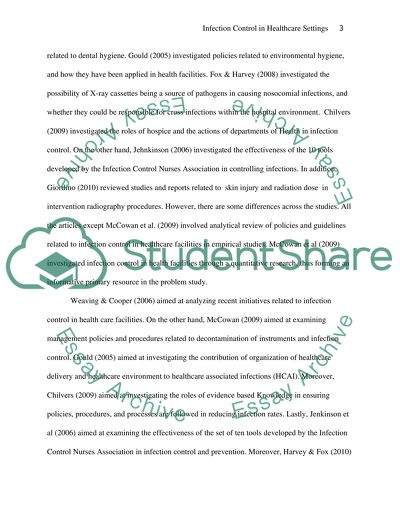Cite this document
(“Infection control in a healthcare setting Essay”, n.d.)
Infection control in a healthcare setting Essay. Retrieved from https://studentshare.org/health-sciences-medicine/1459542-infection-control-in-a-healthcare-setting
Infection control in a healthcare setting Essay. Retrieved from https://studentshare.org/health-sciences-medicine/1459542-infection-control-in-a-healthcare-setting
(Infection Control in a Healthcare Setting Essay)
Infection Control in a Healthcare Setting Essay. https://studentshare.org/health-sciences-medicine/1459542-infection-control-in-a-healthcare-setting.
Infection Control in a Healthcare Setting Essay. https://studentshare.org/health-sciences-medicine/1459542-infection-control-in-a-healthcare-setting.
“Infection Control in a Healthcare Setting Essay”, n.d. https://studentshare.org/health-sciences-medicine/1459542-infection-control-in-a-healthcare-setting.


